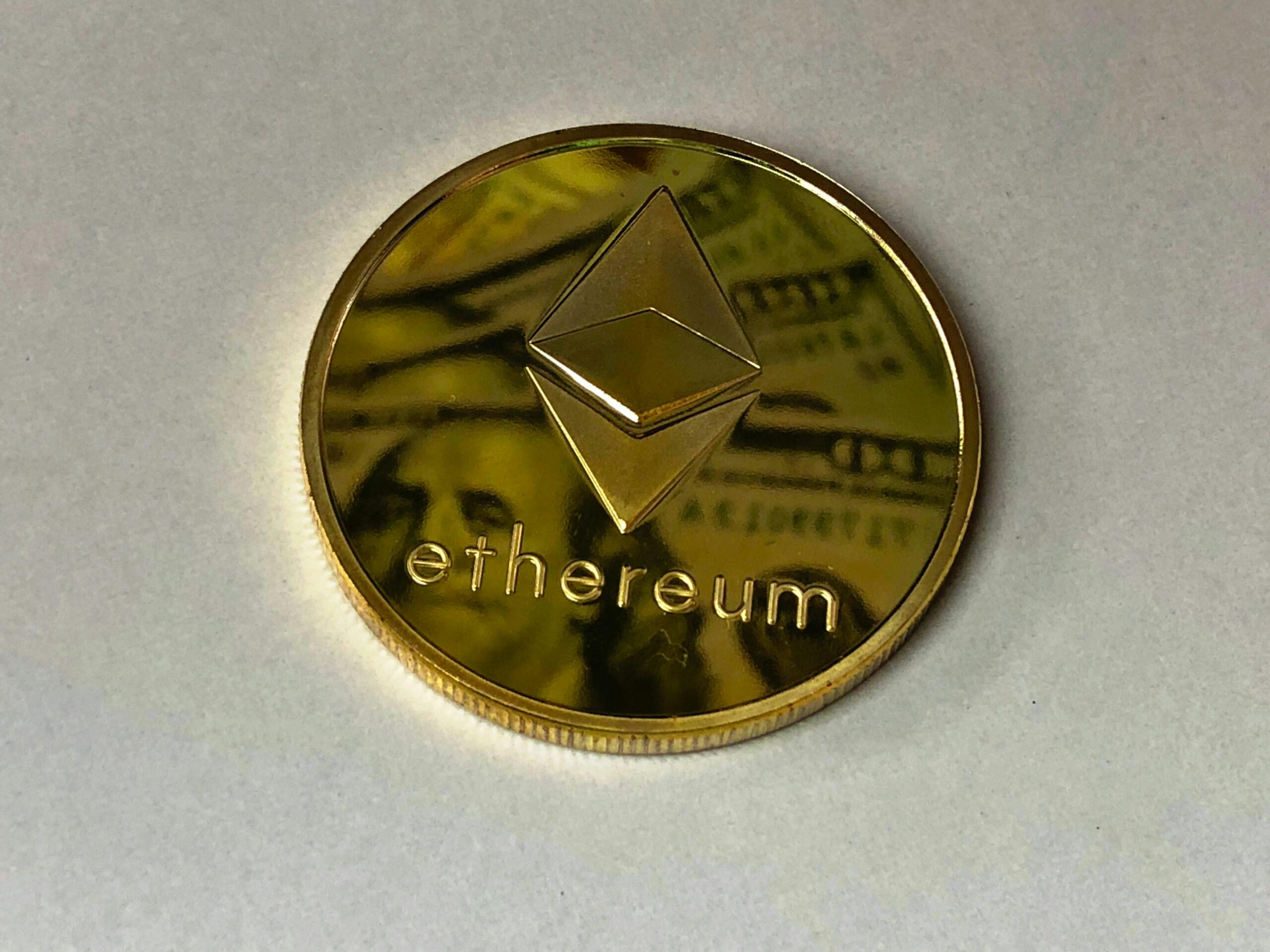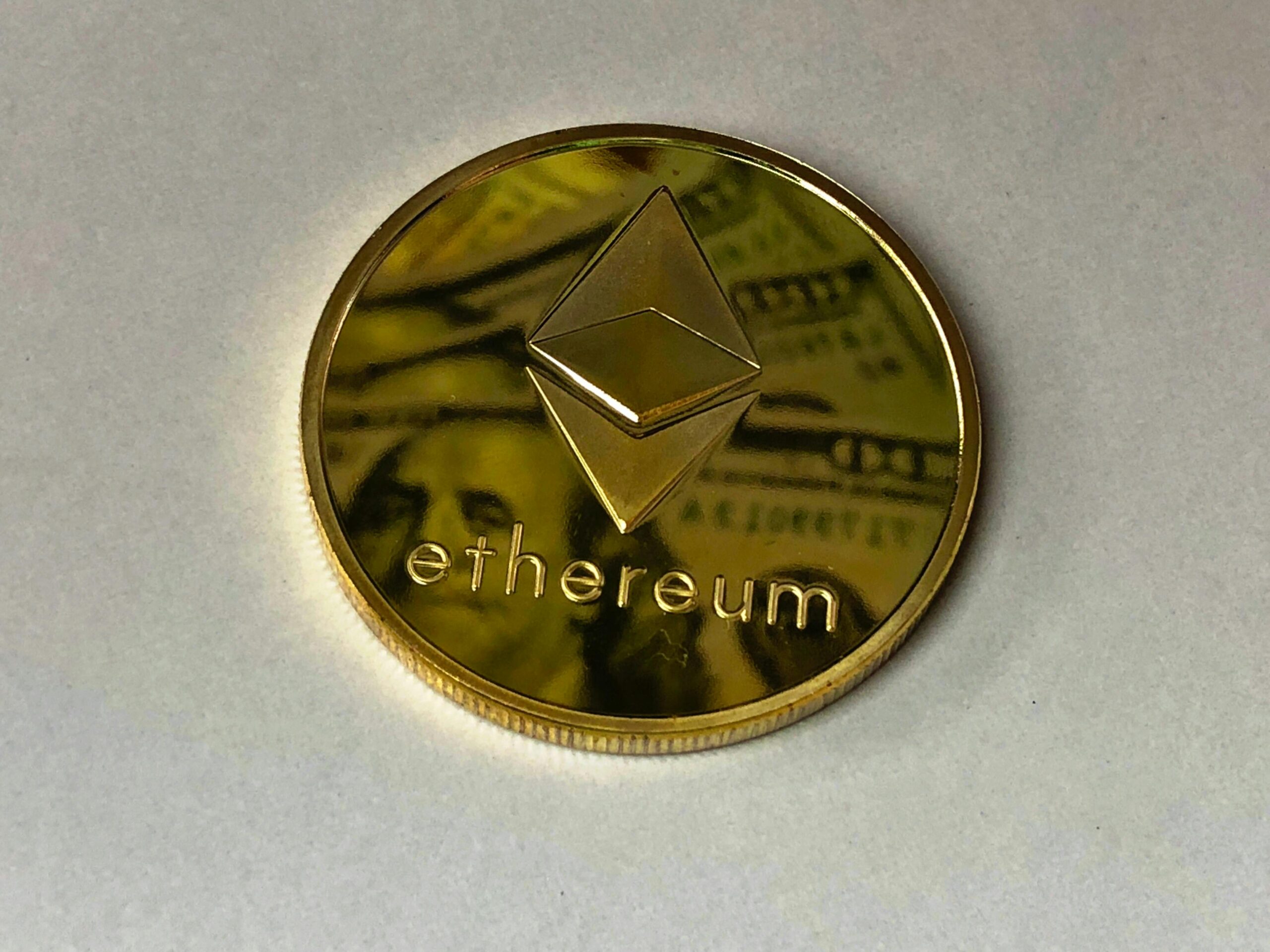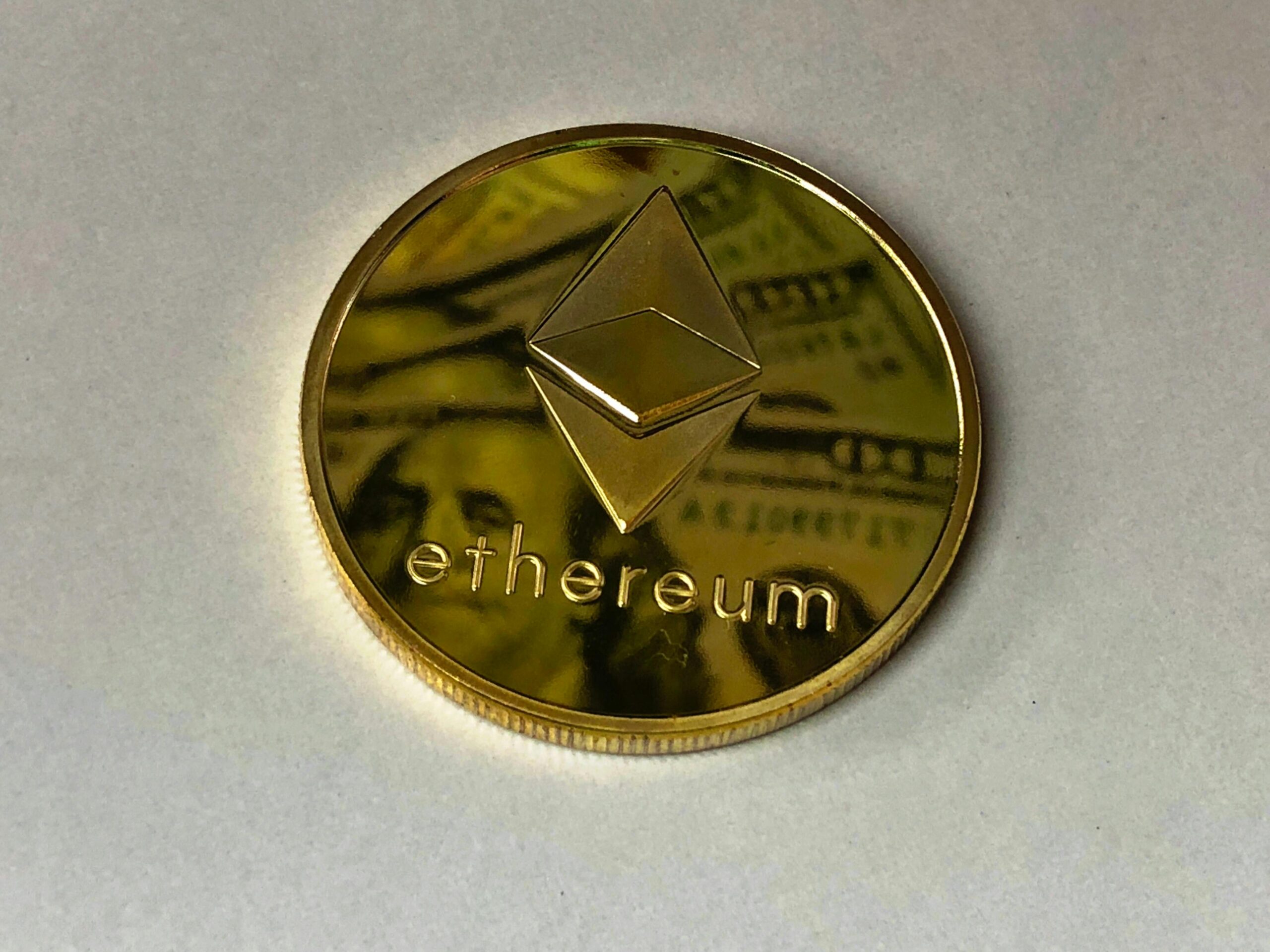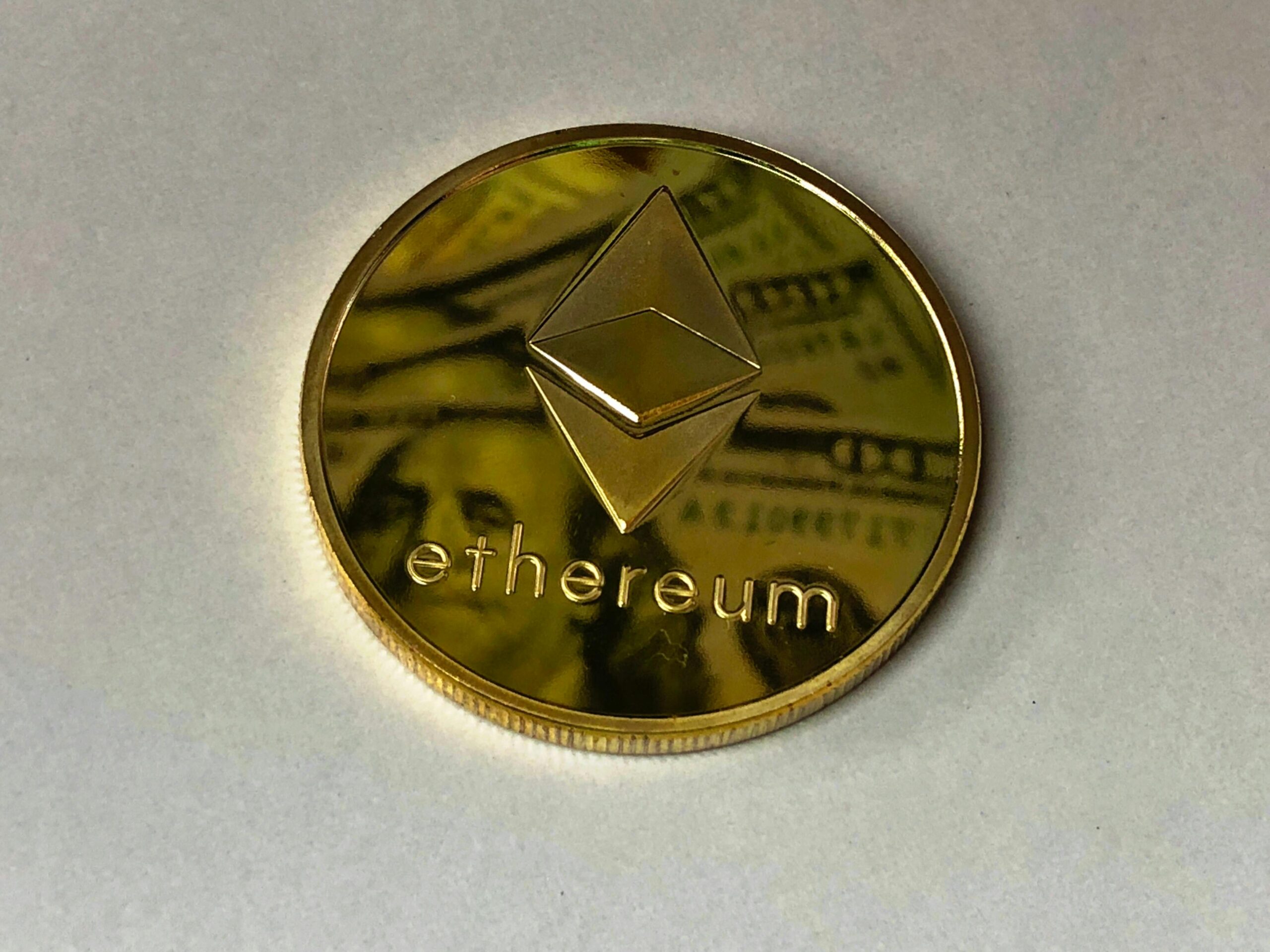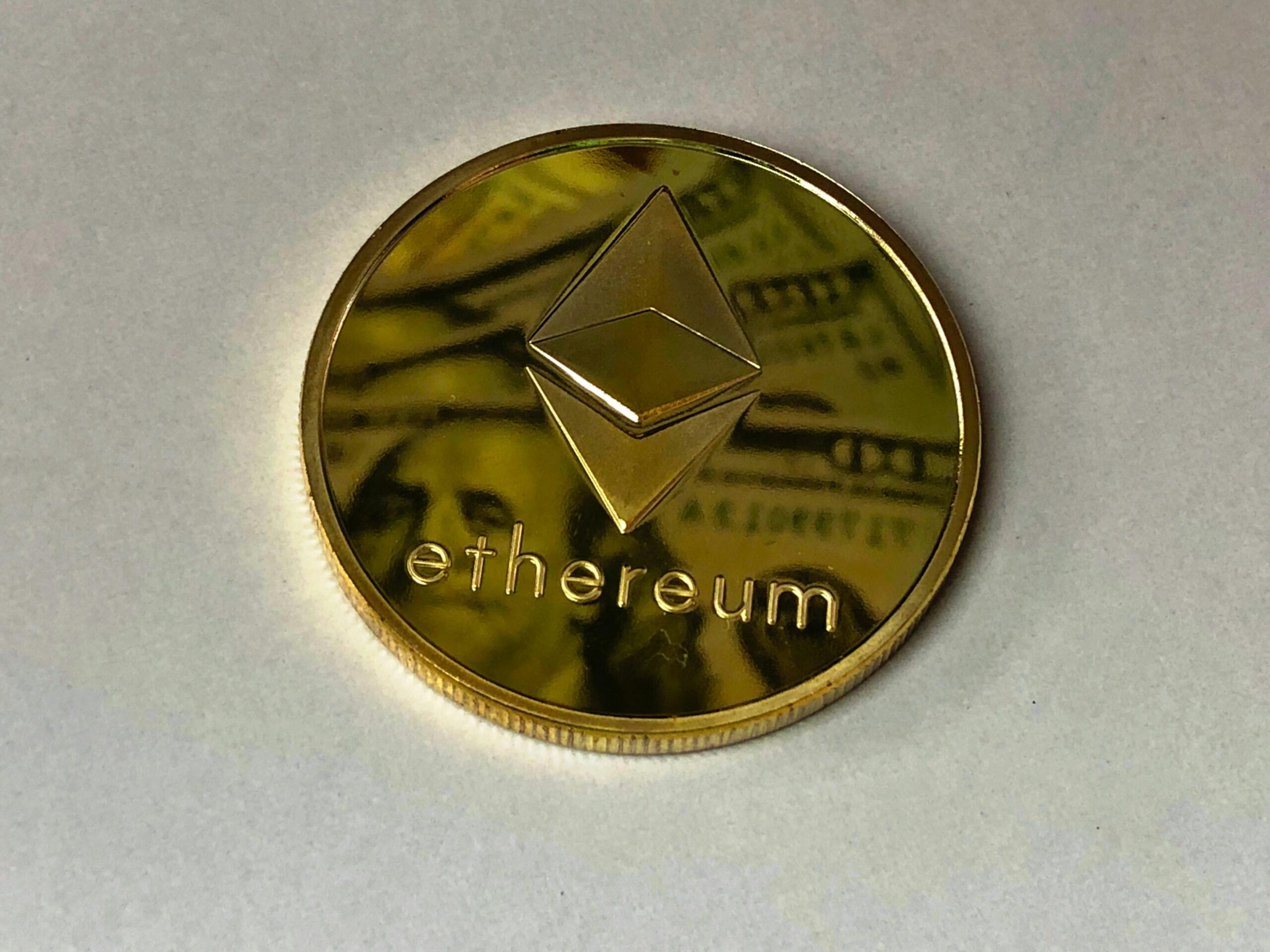
The world of blockchain and cryptocurrencies can be overwhelming at times, especially when it comes to understanding the nuances between different digital assets. As your teacher, I’m here to guide you through one of the most common confusions in this space: what is a token, and how does it differ from a coin? This question is crucial because it gets to the heart of how we interact with blockchain technology and how these digital assets are used.
First off, let’s start with the basics. In the context of blockchain and cryptocurrencies, both tokens and coins refer to digital assets that use cryptography for secure financial transactions. However, their differences lie in their purposes, functionalities, and the underlying technology they utilize.
Coins are essentially native cryptocurrencies to a particular blockchain. For example, Bitcoin (BTC) is the native coin of the Bitcoin blockchain, just as Ether (ETH) is the native cryptocurrency of the Ethereum blockchain. These coins serve multiple purposes within their respective blockchains, such as being used for transaction fees, smart contract executions, and even as a form of governance through voting rights in certain protocols.
Tokens, on the other hand, are digital assets that are built on top of another blockchain. They are not native to any particular blockchain but rather utilize the existing infrastructure of a blockchain (most commonly Ethereum) to represent fungible or non-fungible assets. Think of tokens like the apps on your smartphone – just as how apps run on the operating system of your phone, tokens operate on the underlying blockchain technology.
One key difference between coins and tokens is their creation process. Coins require the development of a new blockchain from scratch, which involves significant technical effort and investment. Creating a token, however, is relatively simpler because it leverages existing blockchain infrastructure, making it more accessible to developers and projects.
Let’s dive deeper into this concept with an example that might make things clearer. Imagine you’re part of a community project that wants to create a digital token for a new game. Instead of building a whole new blockchain just for your game token (which would be akin to creating a coin), you decide to issue the token on the Ethereum network. This way, you can utilize Ethereum’s existing user base, wallets, and exchanges, saving you both time and resources.
Now, here’s where it gets even more interesting. Within tokens, there are different types that serve various purposes. You might have heard of NFTs (Non-Fungible Tokens), which represent unique digital items or assets that can’t be exchanged for another identical asset – think art pieces or collectibles in the digital realm.
Utility tokens, on the other hand, are designed to perform a specific function within a particular ecosystem or project. They might give users access to certain services or products offered by the project. And then there are security tokens, which represent ownership of an underlying asset that derives its value from external sources – these could be equities in companies, real estate, or even art.
In summary, while both coins and tokens are integral parts of the blockchain ecosystem, they differ fundamentally in their creation process, purpose, and the technology they utilize. Coins are native to a particular blockchain and often serve as the foundational cryptocurrency for that network, whereas tokens are built on top of existing blockchains to represent a wide range of digital assets.
Understanding this distinction is crucial not just for developers but also for investors and users navigating the vast landscape of cryptocurrencies. It helps in making informed decisions about which projects to support or invest in, based on their underlying value proposition and technology stack.
As we continue to explore the blockchain and cryptocurrency space together, remember that clarity on these foundational concepts will serve as a solid base for more advanced topics ahead. Keep curious, keep learning, and most importantly, stay critical of the information you come across in this rapidly evolving field.










